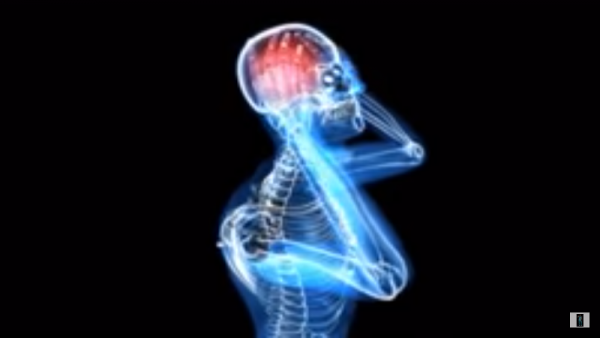By KM Diaz, | March 15, 2017

Schizophrenia is a mental illness that affects one percent of the population. Often, it occurs during teenage or late adolescence with symptoms like anxiety, delusions, and hallucinations.
A new study explains the disease mechanisms of Schizophrenia. People who have a small amount of neurotransmitter GABA and changes in the immune cells of the brain are linked to the mental illness.
The scientists from Karolinska Institutet with the partnership of Karolinska Schizophrenia Project (KaSP) are one step closer to discovering the disease mechanisms of Schizophrenia. The result of their findings was presented on Molecular Psychiatry.
Like Us on Facebook
Schizophrenia is a mental illness that affects one percent of the population. Often, it occurs during teenage or late adolescence with symptoms like anxiety, delusions, and hallucinations. The illness may also be lifelong because the disease mechanisms remain unknown. Although there were available drugs, only twenty percent of the case of symptom-free patients was successful.
KaSP gathers all the researchers from different scientific discipline to understand how the disease mechanisms of Schizophrenia began and to provide a new therapeutic drug. Those patients who are encountering the first episode psychosis went to extensive tests and investigations. Using the latest methods, they analyze the genetic variation, cognitive function, biochemical anomalies, brain structure and function, the results will be compared to healthy controls.
In the first findings, the patients who likely to develop Schizophrenia have decreased the level of neurotransmitter GABA in cerebrospinal fluid compared to the healthy participants. Severe symptoms may be present if the GABA concentration continues to decrease.
The GABA is known to be involved in the most function of the brain together with glutamate and records 90 percent of all the signal transmission. The glutamates will stimulate the activity of the brain, while GABA inhibits it; the two interacts with each other.
In the second findings, researchers used positron emission tomography (PET) to identify the low amount of TSPO (translocator protein) among patients with untreated Schizophrenia. This was expressed in the immune cells like astrocytes and microglia. The result represents that the immune system's function changes in the brain because of the early-stage of Schizophrenia.
The two studies provide new clues to researchers about the disease mechanisms of Schizophrenia. Yet, it is still unsure if these changes are the result of the cause of the mental illness. Researchers are still performing a further study to examine the anomalies and other biological processes that influence Schizophrenia.
-
Use of Coronavirus Pandemic Drones Raises Privacy Concerns: Drones Spread Fear, Local Officials Say

-
Coronavirus Hampers The Delivery Of Lockheed Martin F-35 Stealth Fighters For 2020

-
Instagram Speeds Up Plans to Add Account Memorialization Feature Due to COVID-19 Deaths

-
NASA: Perseverance Plans to Bring 'Mars Rock' to Earth in 2031

-
600 Dead And 3,000 In The Hospital as Iranians Believed Drinking High-Concentrations of Alcohol Can Cure The Coronavirus

-
600 Dead And 3,000 In The Hospital as Iranians Believed Drinking High-Concentrations of Alcohol Can Cure The Coronavirus

-
COVID-19: Doctors, Nurses Use Virtual Reality to Learn New Skills in Treating Coronavirus Patients










